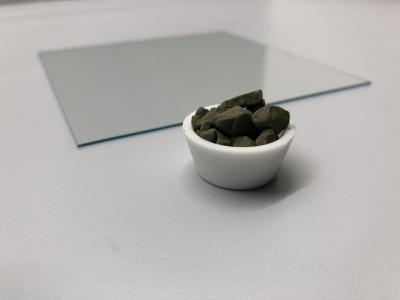Scientists at Germany's Karlsruhe Institute of Technology (KIT) and the Innovation Lab in Heidelberg have developed a highly efficient hole conductor layer made of nickel oxide (NiOx) that can be deposited over a large area and leads to record efficiencies in solar cells with organometallic perovskites.

The team achieved efficiencies of up to 16.1% for completely vacuum-processed perovskite solar cells. With inkjet-printed absorber layers, the scientists achieved an efficiency record of up to 18.5%. "Currently, deposition by rotary coating, for which efficiencies of more than 24% have been achieved, dominates development. However, this can practically not be transferred to large areas" says Tobias Abzieher, PhD student at KIT's Light Technology Institute (LTI).
The team is working on scalable manufacturing processes to bring perovskite PV from the lab to the fab.

